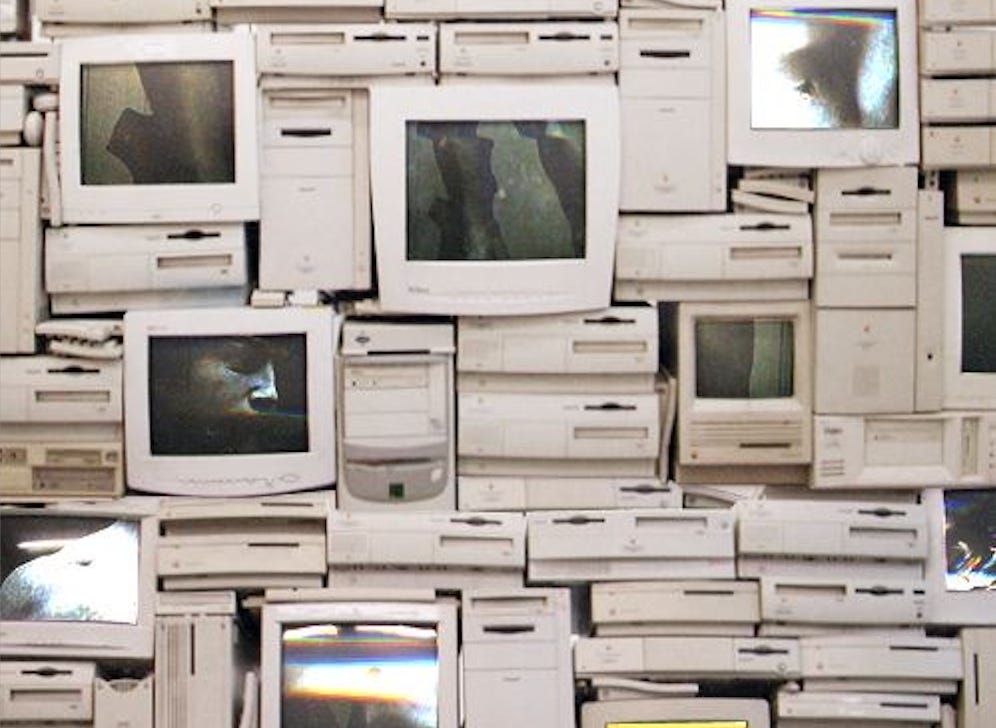What the Machines Can (or Can’t) Teach Us
#9 Creative responsibility: the only way through a world of quick fixes.
previously on The Next Stop
#8 | A Brand Called Severance
#7 | Howdy y’all
While I’m always advocating for human authenticity in the age of machines, I recently had an experience that made me pause and reflect — not just on what we might lose with technology but also on what we might learn from it.
Last weekend, Samih, Antonio, and I were driving toward downtown Austin, heading to Zilker Park for the city’s iconic kite festival. We had seen fun videos about it on Instagram and thought it would be the perfect way to spend a spring Saturday together.
As we got closer to the park, traffic started to build. At one point, we found ourselves stopped at a crosswalk, waiting for a woman to cross. The road had two lanes, and while we had stopped, no car in the other lane did. One after another — at least fifteen cars — drove right past her without slowing down.
And then finally, one car stopped. We watched her face light up — she looked genuinely happy to be acknowledged. But when she turned to say thank you, she seemed confused. There was no one in the car. It was a self-driving vehicle. No driver. No human. Just sensors, cameras, and lines of code. And yet — it was the only other car that stopped for her.
She looked puzzled, maybe even a little disappointed. And honestly? So did I. But it made me think.
Maybe this whole technological revolution, as overwhelming and fast-paced as it is, can serve as a mirror. A reminder of how we, as humans, should behave. Perhaps technology isn’t here to replace us…. but to challenge us to be better, to remind us of what the ideal is. I like to see it that way.
Oh — and the kite festival? It wasn’t that weekend, after all. We realized that as soon as we saw the event signage with the actual date (hahaha). So we laughed it off and ended up spending a beautiful morning at the botanical garden instead.
Totally worth the drive.
– Ana
Ps: Happy Easter :)
The Good Stuff
Less than three weeks ago, OpenAI introduced GPT‑4o with image-generation capabilities. This means AI can now create and edit images simply by following prompts, with or without a visual reference. Sometimes, a well-written prompt is all it takes. And yes, that’s a little scary. But also incredibly exciting.
For many, this evolution feels like a threat — machines stepping into creative spaces once reserved for humans. But for others — and by others, I mean brands, entrepreneurs, and art directors — it opens up new possibilities. A faster, more cost-efficient way to bring ideas to life.
As someone who regularly uses AI for a range of purposes, I can tell you: We’re not quite there yet when it comes to delivering perfect, polished outcomes. But it’s only a matter of time.
I’ve worked as an Art Director for the past eight years, leading the visual direction of incredible brands. One thing I’ve learned is that the relationship between designer and director is key — it’s a subtle, intuitive collaboration that drives meaningful results. Human sensitivity is crucial. The unspoken cues, the layered references that only a specific niche or generation will understand — those details matter. And they’re hard to replicate. Believe me.
AI does a great job creating first drafts. But when it comes to adapting, adding meaning, or applying that “special touch,” things get tricky. Unless, of course, there’s a super-prompt out there I haven’t discovered yet. And if that’s the case, I’m sure we’ll soon be flooded with courses teaching how to write “the perfect prompt” or how to optimize your ChatGPT use.
Ironically, I believe that’s when human mistakes might become acceptable again — because authenticity, nuance, and originality will still be what connects us.
That reminded me of a reflection from a friend and former professor of mine, Eric Messa. He recently posted about how people are using AI to hop on trends, like replicating the Studio Ghibli aesthetic. While it might seem harmless, he raised a great point: oversaturating the market with that same visual style could backfire on the studio that created it — making it feel tired or outdated.
When I joined that conversation, my takeaway was simple: AI is a powerful tool. But its impact will depend entirely on the responsibility of the people behind the prompts. It’s up to us to balance authenticity with efficiency — to preserve the soul of what we create, even as we embrace new ways to create it.
Snacks
👩💻 Love the way Bits to Brand approached the AI theme (Portuguese)
🥫 Raiza Costa is proving that human sensibility is irreplaceable.
🤖 An influencer teaching how to master AI in videos (told ya!)
🦖 Dinosaur drinking coconut water for ChatGPT4o soda Ad. Yes or Less?



